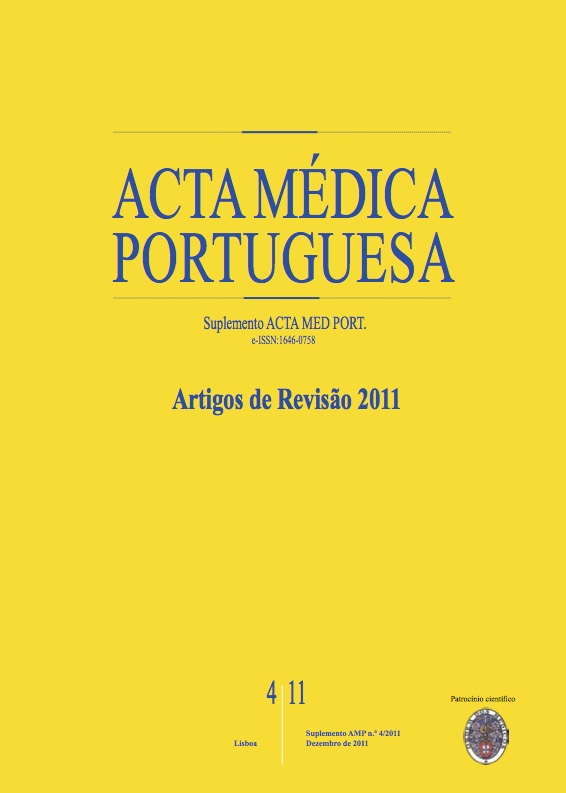Prolactina e o laboratório.
DOI:
https://doi.org/10.20344/amp.1563Resumo
Up to 95% of adult serum prolactin is monomeric prolactin with a molecular weight of 23 kDa. Macroprolactin is a prolactin-antibody complex of molecular weight greater than 100 kDa and constitutes less than 1% of circulating prolactin. In some cases, hyperprolactinemia is the result of elevated macroprolactin levels, misleading the medical approach to the patient. This may involve inappropriate and unnecessary imaging investigations and treatment, either medical or surgical. The screening of macroprolactin in all the hyperprolactinemic patients could be useful and necessary. Presently is facilitated by a simple and rapid laboratory test such as the polyethyleneglycol precipitation. Besides the macroprolactin, the hook effect is another laboratorial pitfall in the diagnosis of the hyperprolactinemia. It is characterized by the finding of falsely low levels of serum prolactin in patients with very high prolactin levels and big prolactinomas. The hook effect should be excluded in patients with prolactin levels less than 200 ng/mL and macroadenomas. It is identified by re-measuring the prolactin level after performing a serum dilution. In this article, we focus these two pitfalls in the laboratorial diagnosis of the hyperprolactinemia, remembering that they could occur and interfere with a correct approach of the patient.Downloads
Downloads
Como Citar
Edição
Secção
Licença
Todos os artigos publicados na AMP são de acesso aberto e cumprem os requisitos das agências de financiamento ou instituições académicas. Relativamente à utilização por terceiros a AMP rege-se pelos termos da licença Creative Commons ‘Atribuição – Uso Não-Comercial – (CC-BY-NC)’.
É da responsabilidade do autor obter permissão para reproduzir figuras, tabelas, etc., de outras publicações. Após a aceitação de um artigo, os autores serão convidados a preencher uma “Declaração de Responsabilidade Autoral e Partilha de Direitos de Autor “(http://www.actamedicaportuguesa.com/info/AMP-NormasPublicacao.pdf) e a “Declaração de Potenciais Conflitos de Interesse” (http://www.icmje.org/conflicts-of-interest) do ICMJE. Será enviado um e-mail ao autor correspondente, confirmando a receção do manuscrito.
Após a publicação, os autores ficam autorizados a disponibilizar os seus artigos em repositórios das suas instituições de origem, desde que mencionem sempre onde foram publicados e de acordo com a licença Creative Commons









